Tessa Linde
Advisor: Carlos Rueda
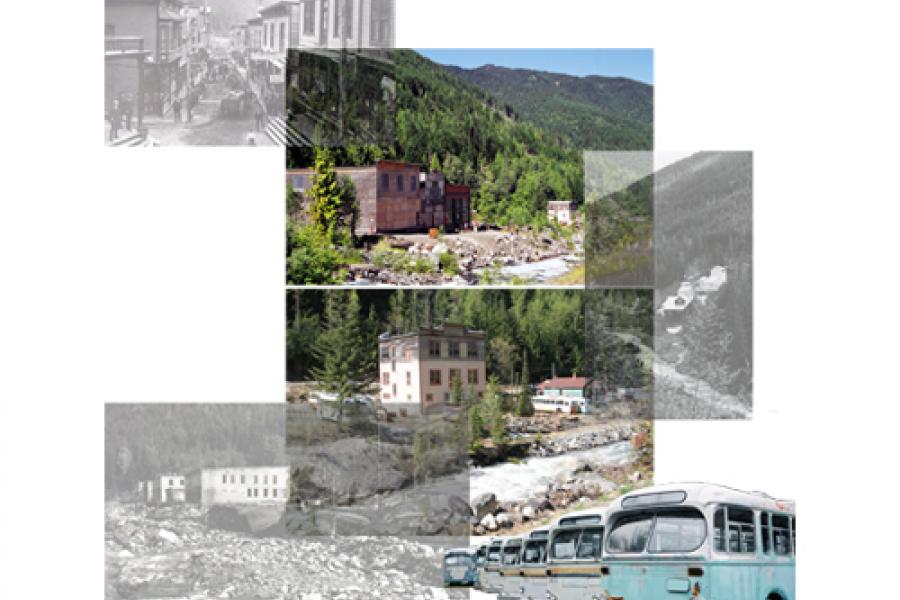
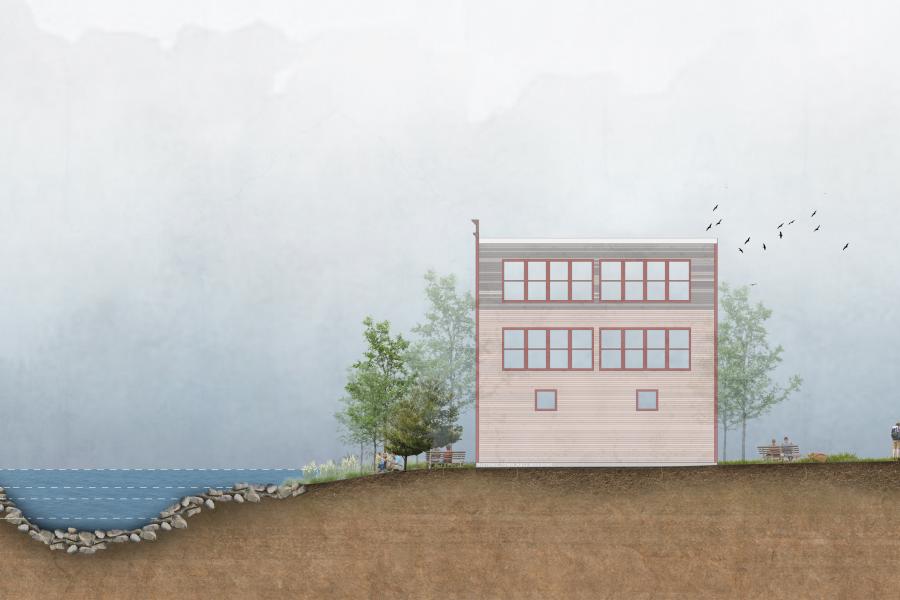
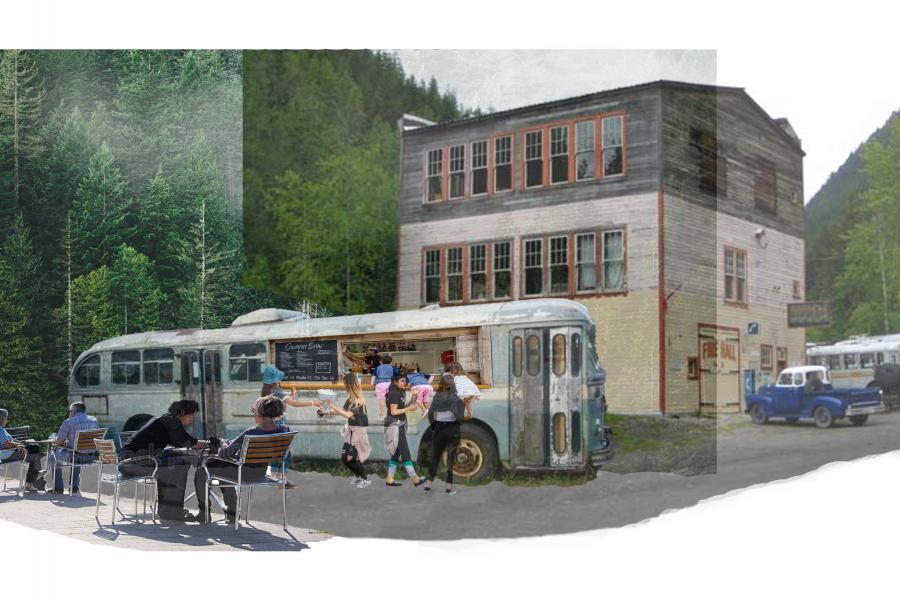
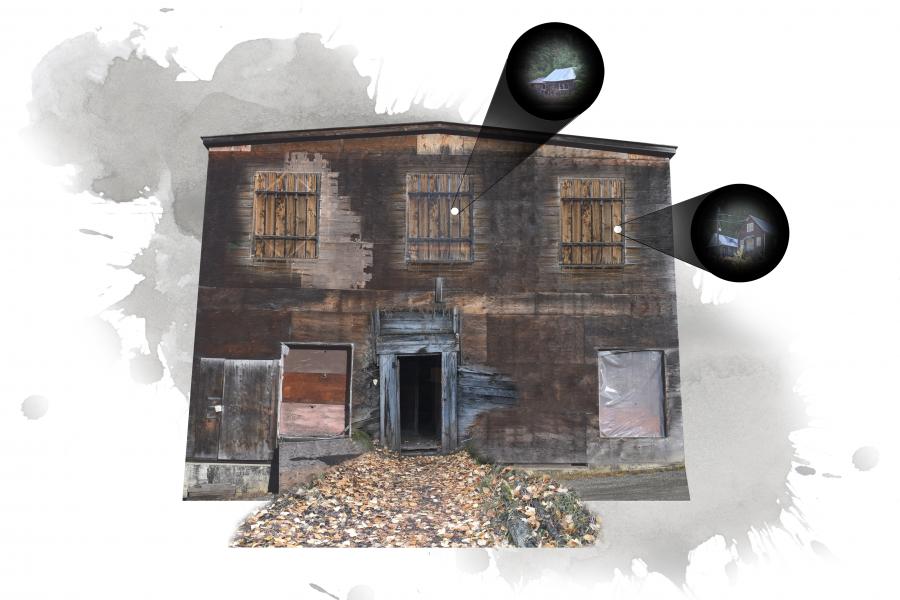
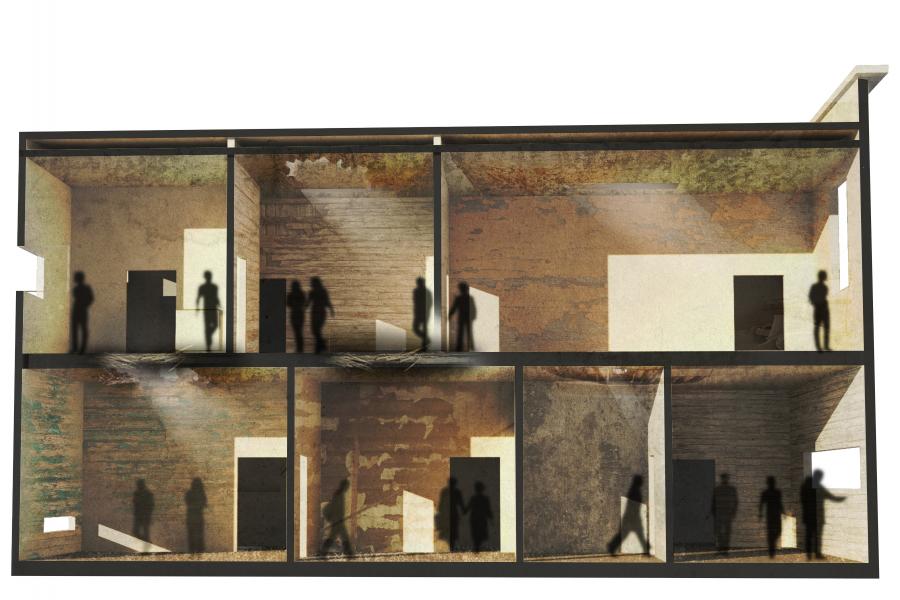
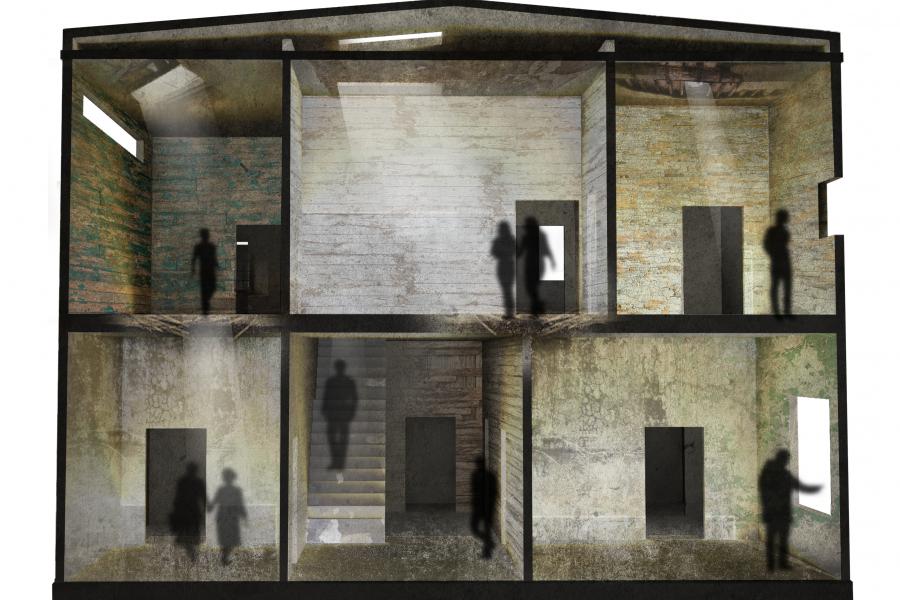

Dwelling on Ruins: Revealing the Aura of a Ghost Town
Gradually more and more people move away for varying reasons, usually related to changing economies and demographics, and the search for opportunity. As each person moves away or passes on there is no one to fill their place. Houses sit vacant and begin to age with no one there to maintain them. This is the slow death of a struggling town. Before you know it these towns just become forgotten names on a map that hold almost no resemblance to their once thriving communities. They become ghost towns; with only ruins as evidence of what once existed.
This thesis will explore the notion of the ruin in relation to the ghost town of Sandon British Colombia. It will explore the adaptability of the ruin as part of architectural design interventions. Is it possible to maintain the unique character of a ghost town and integrate new programmatic elements? It is the deterioration and weathering that create the allure and entices one to explore such places. How can any architectural intervention capture the traces of history and the passage of time in a way that does not distract from the town’s allure but instead enhances the town’s narrative? Sandon is a rural community in the mountains of British Colombia that was established as a mining town, and like many industrial towns of its era, it was not built with the intention of lasting till the end of time. What role does the temporality of the town play in any form of intervention within the existing fabric?
This thesis will challenge the common approach to historic structures and ruins, which is to restore or reproduce. It will explore how the adaptation of existing structures through unconventional strategies can portray a narrative.
